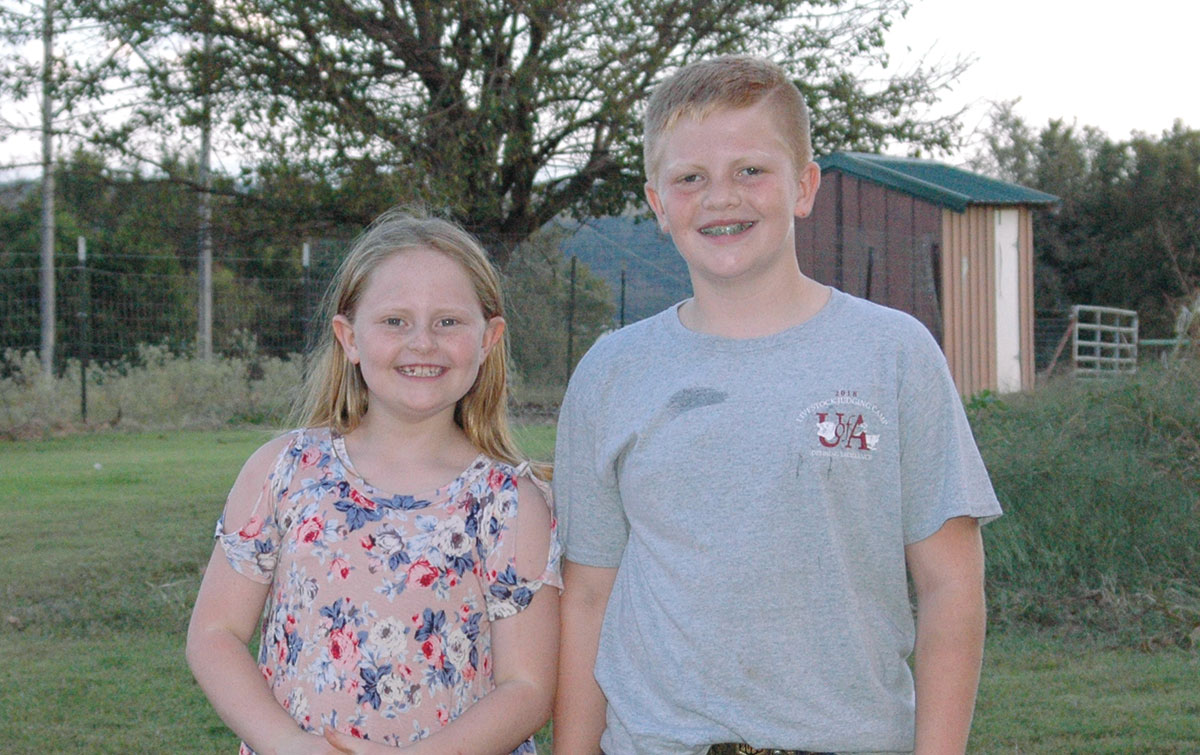Balancing a busy medical practice with a beef cattle operation is all in a day’s work for Dr. William Galloway of Russellville, Ark.
A dermatologist in Russellville since he opened his practice in 1976, William has about 25 head of purebred Galloway Belted cattle on his 62-acre farm.
Each day when he leaves his office at about 4 p.m., William then heads to his farm.
“I don’t have any farmhands,” he said. “I pretty well have to do it all. I do all the chores myself. If there is fencing or something else that needs to be done, I have to do it.”
William grew up within the city limits of Clarksville, in Johnson County and his parents were not involved in agriculture.
“I don’t have a farming background,” he said. “But I’ve always enjoyed the outdoors and wanted to farm.”
In 1985 he got started in the cattle business, and although he said he’s not sure about the exact date, about seven or eight years ago he got into a more uncommon breed, the Galloway Belted cattle.
“There are not that many Belties around here,” William said.
Most of his herd, which can trace its purebred status back five generations, comes from the East Coast.
Because the breed is not widely represented in his part of the country, that makes the breeding process more challenging, he said.
“I don’t use artificial insemination,” William said. “I just haven’t had good luck with AI. That means I have to get in my truck and drive somewhere like Kentucky, Maine or Vermont when I’m looking for a bull.”
He said he “got lucky” with his most recent bull, finding him available in the St. Louis, Mo., area.
William said he was drawn to the Belties for several reasons. The appearance, with the unique white area surrounding the cow’s midsection, certainly attracts some attention, he said.
The animals, native to the lowland areas of Scotland, were brought to America by P.T. Barnum, of circus fame. He brought them presumably because of their appearance, William said.
“Their claim to fame, depending on who you ask, is the meat tenderness. They really do well on that kind of thing,” William said.
“And there is a move afoot away from grain-fed beef. That’s what I’m doing.”
William noted that he feeds his cattle alfalfa pellets and hay that he grows.
He said Belties are a natural for that kind of thing “because their forage instincts have not been bred out of them,” as is the case with many breeds.
William has sold a lot of cows to breeders. He explained that everyone wants heifers, and when he helped meet that demand, it made it more difficult to build up his herd.
“It’s taken me a while to figure out what I’m doing,” he added.
William said he is looking forward to retirement some years from now, and the chance to spend more time with his cattle operation.
“This gives me a chance after a busy day to get in the fresh air for a while,” he said.






